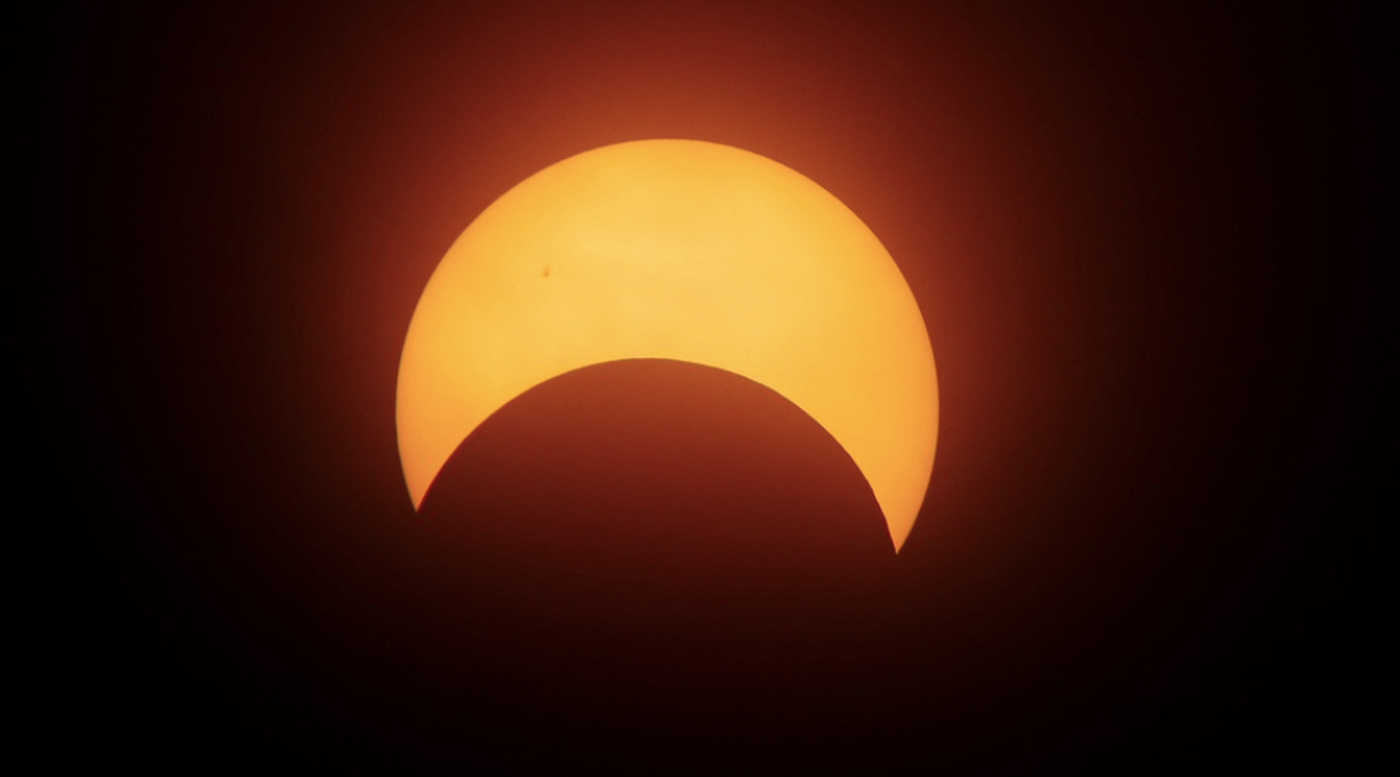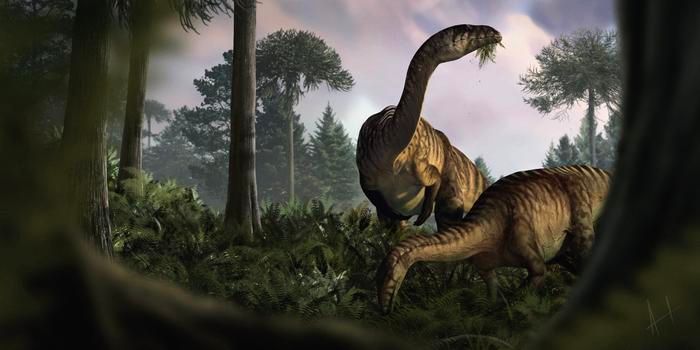The April 8, 2024 Solar Eclipse May Outshine the 2017 Event
On April 8, 2024, the moon will block the sun completely, and weather-permitting, 99 percent of Americans will get to experience a partial or total eclipse in their area. Even residents of Alaska and Hawaii will see at least part of it. See a map of where the even will occur here.
When the Moon blocks the Sun completely, it creates the so-called path of totality of the eclipse, which will be much wider and will pass through more populated areas in 2024 compared to 2017. This is because in 2017, the moon was a bit further away from the Earth, creating a skinnier shadow. In 2024, the path of totality will range from 108 to 122 miles wide, while in 2017 it was only 62 to 71 miles wide.
The eclipse will also last longer in 2024 compared to 2017, with the period of totality at its longest in Mexico, for almost four and a half minutes, while it will still last for almost three and a half minutes when it enters Canada after crossing the United States. Totality will also be longest in the center of the path of totality, but anyone with good weather should be able to experience an awesome view.
The Sun is now in a period of solar maximum, while it was in a solar minimum in 2017. According to NASA, viewers will probably be able to see a lot more streamers in the Sun's corona this year. This is because the Sun's magnetic field will be far more tangled. Prominences that look like pink curls or loops might be seen coming off the Sun, and people may be lucky enough to witness a coronal mass ejection, when a huge amount of solar material swirls from the Sun's surface.
If you are planning on viewing the eclipse, be sure to do it safely, with proper eye protection. You also should not view the Sun through binoculars, telescopes, or cameras without special filters that are applied to the equipment; there is also a risk of damage to the equipment unless it is protected with a special-purpose solar filter that is securely fastened over the optics.
Eclipse glasses are very different from sunglasses, no matter how dark they are, and torn or scratched solar viewers should not be considered safe.
NASA has instructions for how to create indirect viewers so that you can still see the eclipse even if you don't have the proper eyewear; one option is a pinhole projector (don't look through the pinhole!). Other options like a 'sun funnel' can be found here.
Viewers can safely remove their eye protection only when the Moon totally obscures the Sun, and NASA notes that eye protection should be reapplied the instant that any part of bright Sun begins to reappear.
Around the time of the 2017 eclipse, there was a spike in traffic accidents; statistics revealed that the eclipse brought a 31 percent increase in traffic risks, which is also seen around holidays like Thanksgiving when people flood the roads. It is not the moments of totality, but in the hours before and after the eclipse that the risks are highest. To avoid these risks, plan ahead if you will be viewing the eclipse; arrive early to your destination and stay overnight, and stay put well after the eclipse is over.
The next solar eclipse to pass through the continental United States will occur in a small area in 2044.
Here's hoping you have the time and good weather to enjoy the eclipse of 2024 safely!









